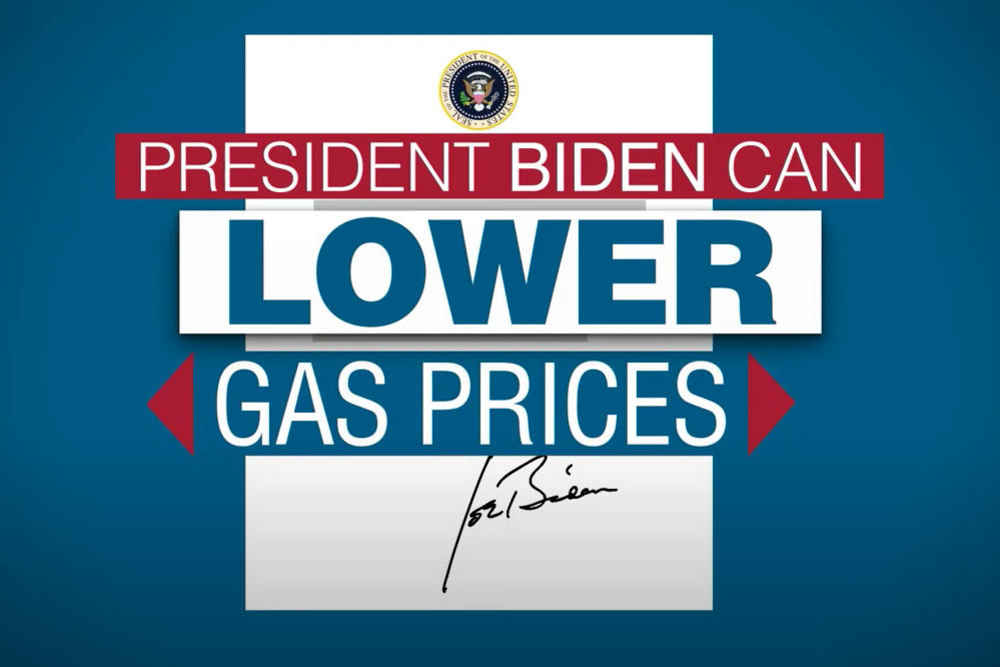Earlier this month, the Environmental Protection Agency (EPA) released its long-awaited volume targets for 2021 and 2022 under the Renewable Fuel Standard (RFS), which requires a certain amount of biofuel to be blended in the nation’s transportation fuel. The proposal also modifies the volumes EPA previously set for 2020.
Though the Biden administration tried to find compromise on these blending levels – providing some necessary relief to refiners to counter the economic calamity and fuel demand destruction during the pandemic – EPA’s new RFS proposal could be the final straw for America’s independent refiners that are already in crisis and on the verge of closure.
Here’s why.
1. EPA’s proposed 2022 volume targets are decoupled from economic reality and the federal government’s own market data.
Given the economic calamity and historic decrease in fuel demand during the pandemic, the Biden administration did the right thing in proposing a revision of the 2020 and 2021 volume targets to reflect the actual amount of biofuel consumed in the market during those years. However, EPA’s proposed 2022 volume targets are so high, they would wipe out any of the financial relief independent refiners could see from those revised 2020 and 2021 volume levels.
The overwhelming majority of our nation’s cars, trucks, and gas pumps were not built to handle more than a ten percent mixture of ethanol in their fuel. Earlier this year, the Energy Information Administration (EIA)’s projected ethanol demand for 2022 would be 13.8 billion gallons. That means EPA’s proposed 15-billion-gallon ethanol mandate for 2022 will be impossible to meet due to existing blending constraints and the EIA’s projected 2022 demand. In fact, EPA’s proposal is more than one billion gallons of ethanol more than can be physically used in the nation’s fuel supply.
à Now, it’s imperative that EPA lowers its proposed 2022 volume targets to mirror EIA’s demand projections—otherwise, there will be a Renewable Identification Number (RIN) shortage.
2. EPA’s proposed 2022 volumes guarantees a bullish Renewable Identification Number (RIN) market.
EPA regulates RFS compliance through credits called Renewable Identification Numbers or “RINs.” Despite urgent calls from independent refiners to overhaul the broken RIN system, EPA’s proposal will only ensure a bullish and inflated RIN market. Just look at how high RINs have traded since EPA’s proposal was released.
Last Wednesday, before RIN traders began speculating about EPA’s announcement, RINs were selling for $1.10 each. By Thursday, as speculation began that EPA would soon make an announcement, RINs dropped as low as $0.75. It didn’t take long after EPA’s proposed volume targets for 2022 for the market to realize there may not be enough RINs to meet the requirement—and as a result, the price of RIN increased, with the last trade of the day rocketing up to $1.05.
In addition, a recent economic report conducted by Rapidan Energy Group, forecasts that EPA’s proposed RVOs will cause an historic ethanol gap that will consequently send RIN prices soaring to north of $2.00 per credit in 2022.
This showcases the inherent, speculative RIN volatility associated with which side is expected to win or lose based on EPA’s proposal, rather than actual market conditions. To make matters worse, RINs trading higher after the announcement undermined any of the short-term financial relief seen from EPA’s revision of the 2020 volume targets and proposed 2021 volume targets.
It’s been said that doing the same thing over and over again and expecting different results is the definition of insanity. In this case, EPA’s proposal is the definition of RINsanity. Instead of fixing the broken RIN system, this proposal will only bring independent refiners closer to the brink of closure and further threaten tens of thousands of high-quality refining jobs that employ many labor union members.
à Now, it’s vital EPA lowers its proposed 2022 volume targets. Otherwise, it will not be financially viable for several independent refineries to remain open in an environment where RINs remain over $1.00.
EPA’s new RFS proposal does not address the growing calls for RFS reform from labor unions, small businesses, local chambers of commerce and elected officials throughout the East Coast and nationwide.
Instead, EPA’s proposal will only continue to subsidize Big Oil and RIN speculators at the expense of independent U.S. refiners, make gas prices more expensive for U.S. consumers, and eliminate tens of thousands of high-quality union jobs. The stakes have never been higher. The Biden administration must revise its proposed 2022 volume targets and end the RINsanity before it’s too late.



